Challenges and Opportunities in Urban Forest Management
- August 16, 2024
- 0 comment
Urban forest management involves the planning, planting, protection, and maintenance of trees and green spaces within urban areas. This practice aims to ensure the health, diversity, and sustainability of urban forests, which are crucial for improving the quality of life in cities.
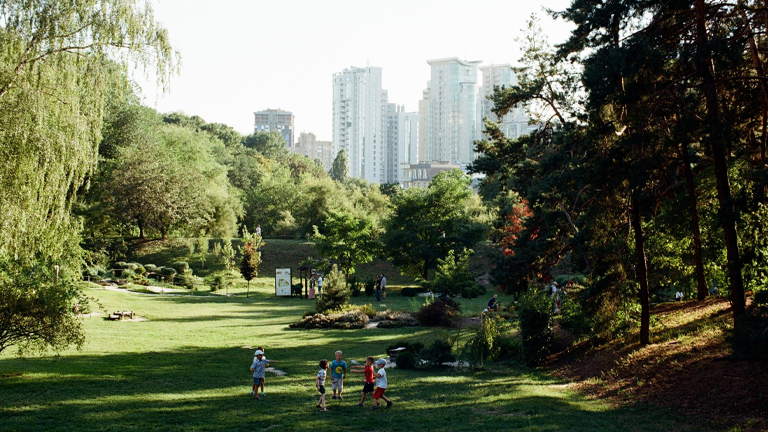
Urban forests are vital for creating healthier, more livable cities. They provide numerous benefits, including improving air quality, reducing heat islands, enhancing biodiversity, and offering recreational spaces for residents. Furthermore, urban forests contribute to the aesthetic appeal and economic value of urban areas, making them essential components of modern city planning.
Table of Content
- Challenges in Urban Forest Management
- Opportunities in Urban Forest Management
- Strategies for Addressing Challenges and Maximizing Opportunities
- Community Engagement and Education
- FAQs
Challenges in Urban Forest Management
Environmental Challenges
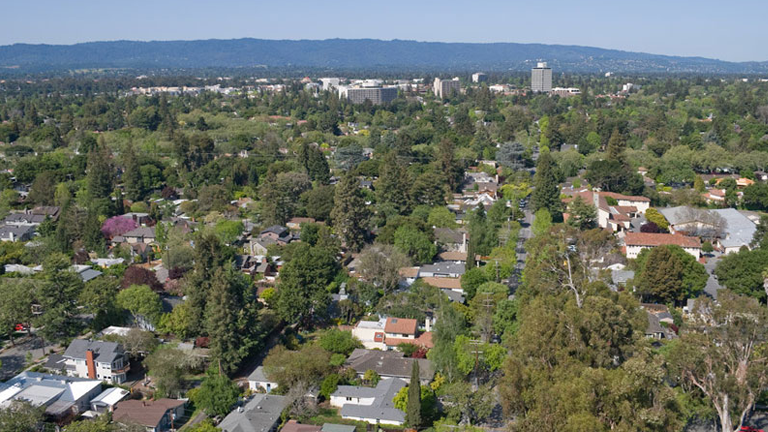
Climate Change and Its Impact on Urban Forests
Climate change poses significant threats to urban forests. Rising temperatures, altered precipitation patterns, and increased frequency of extreme weather events can stress trees, making them more susceptible to diseases and pests. Adapting urban forest management practices to mitigate these impacts is crucial.
Pollution and Its Effects on Tree Health
Urban pollution, including air and soil contaminants, can adversely affect tree health. Pollutants like ozone, sulfur dioxide, and particulate matter can damage leaves, reduce photosynthesis, and weaken trees, making them more vulnerable to other stressors.
Urban Heat Islands and Their Impact on Tree Growth
Urban heat islands, areas with significantly higher temperatures than their rural surroundings, can hinder tree growth and survival. Trees in these areas may experience heat stress, reduced soil moisture, and increased susceptibility to pests and diseases. Mitigating heat islands through strategic tree planting and green infrastructure is essential.
Social and Economic Challenges
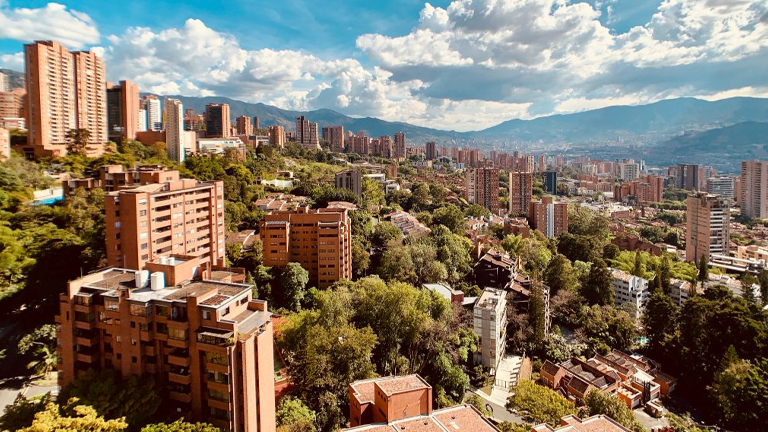
Limited Funding and Budget Constraints
Urban forestry programs often face financial limitations. Securing adequate funding for planting, maintenance, and management activities is a persistent challenge. Budget constraints can lead to reduced tree care and slower implementation of urban forest projects.
Public Awareness and Community Engagement Issues
Lack of public awareness and engagement can hinder urban forest management efforts. Educating communities about the benefits of urban forests and involving them in tree planting and maintenance activities are crucial for fostering support and participation.
Conflicts Between Urban Development and Forest Conservation
Balancing urban development with forest conservation is a significant challenge. Development projects can lead to tree removal and habitat loss, while efforts to preserve urban forests may conflict with economic and infrastructural goals. Finding a balance between these competing interests is essential for sustainable urban planning.
Technical and Operational Challenges
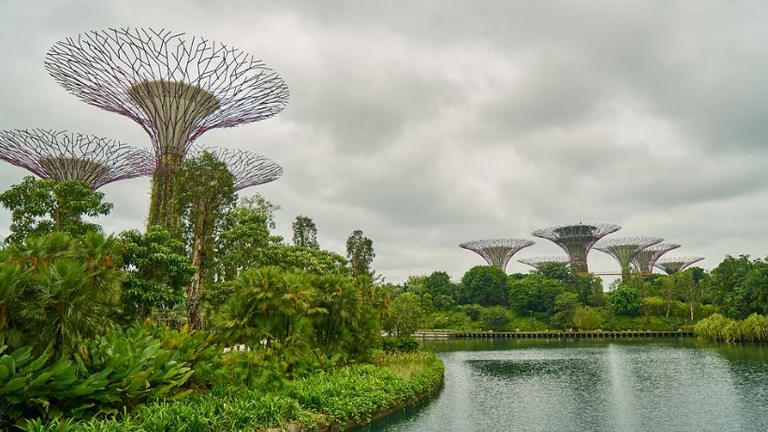
Invasive Species and Pest Management
Invasive species and pests can threaten urban forests by outcompeting native species and causing tree damage. Effective management strategies, including monitoring, early detection, and control measures, are necessary to mitigate these threats.
Aging Tree Populations and the Need for Renewal
Many urban forests have aging tree populations that require renewal. Older trees may be more susceptible to diseases and structural issues, necessitating their replacement with younger, more resilient trees to ensure the long-term health of the urban forest.
Space Limitations for Planting and Maintaining Trees
Urban areas often face space constraints, making it challenging to plant and maintain trees. Innovative solutions, such as utilizing vertical spaces and integrating trees into existing infrastructure, are needed to overcome these limitations.
Managing Biodiversity in a Fragmented Urban Environment
Maintaining biodiversity in urban forests can be difficult due to habitat fragmentation and limited green spaces. Strategies to enhance connectivity between green areas and promote diverse plantings are essential for supporting urban biodiversity.
Opportunities in Urban Forest Management
Environmental Opportunities
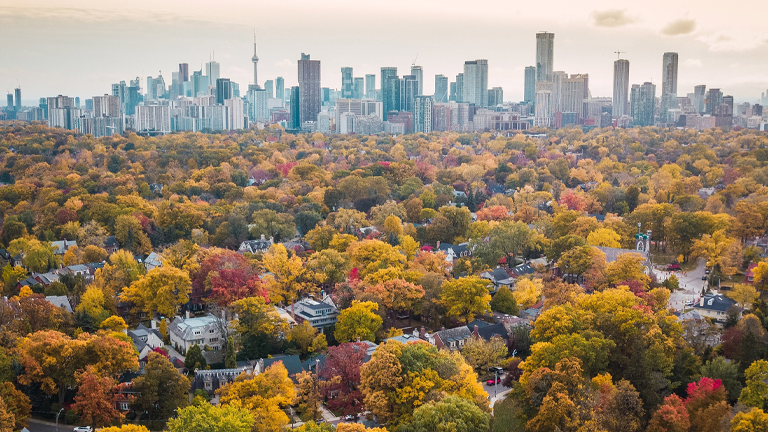
Urban Forests as a Solution for Climate Mitigation
Urban forests play a crucial role in mitigating climate change by sequestering carbon, reducing energy consumption through shading and cooling, and enhancing urban resilience to climate impacts. Strategic planting and management can maximize these benefits.
Improvement of Air and Water Quality Through Strategic Planting
Urban forests can improve air and water quality by filtering pollutants, reducing runoff, and stabilizing soil. Strategic planting of trees in areas with high pollution levels and along waterways can enhance these ecosystem services.
Enhancing Biodiversity and Wildlife Habitats in Urban Settings
Urban forests can provide critical habitats for wildlife and support biodiversity. Creating diverse and connected green spaces within cities can enhance urban ecosystems and contribute to the conservation of various species.
Social and Economic Opportunities
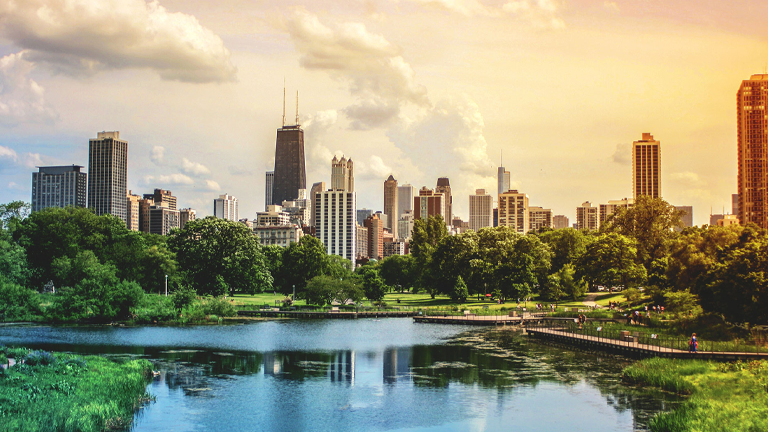
Engaging Communities Through Urban Forestry Programs
Urban forestry programs can engage communities by involving residents in tree planting, care, and educational activities. This engagement fosters a sense of ownership and stewardship, promoting long-term support for urban forests.
Economic Benefits of Urban Forests (e.g., Property Value Increase, Energy Savings)
Urban forests offer economic benefits, including increased property values, reduced energy costs through shading and cooling, and potential job creation in tree care and management sectors. Highlighting these benefits can attract investment and support for urban forestry initiatives.
Health and Well-being Benefits for Urban Residents
Urban forests contribute to the health and well-being of residents by providing spaces for recreation, relaxation, and social interaction. Access to green spaces has been linked to improved mental health, reduced stress, and increased physical activity.
Technical and Operational Opportunities
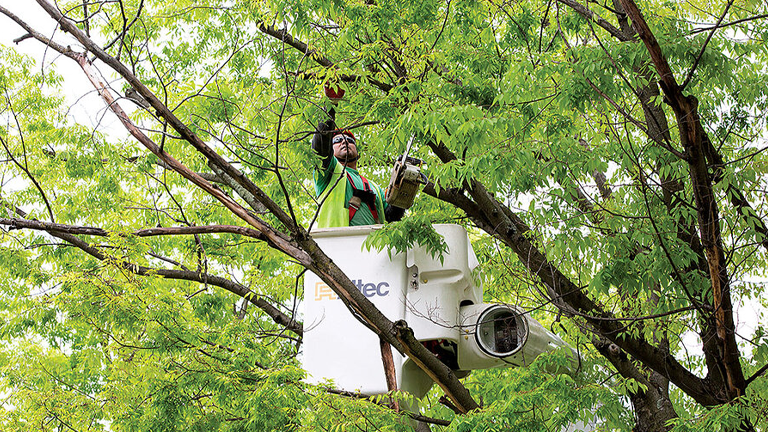
Advances in Technology for Tree Monitoring and Maintenance
Advances in technology, such as remote sensing, GIS mapping, and data analytics, can enhance tree monitoring and maintenance. These tools enable more efficient management, early detection of issues, and informed decision-making.
Innovative Design and Planning for Urban Green Spaces
Innovative design and planning approaches, such as green roofs, vertical forests, and integrated green infrastructure, can maximize the use of limited urban space and create multifunctional green areas that benefit both people and the environment.
Collaborative Approaches Between Municipalities, NGOs, and Private Sector
Collaboration between municipalities, non-governmental organizations (NGOs), and the private sector can enhance urban forest management. Partnerships can leverage resources, expertise, and community support, leading to more effective and sustainable urban forestry programs.
Strategies for Addressing Challenges and Opportunities
Policy and Planning
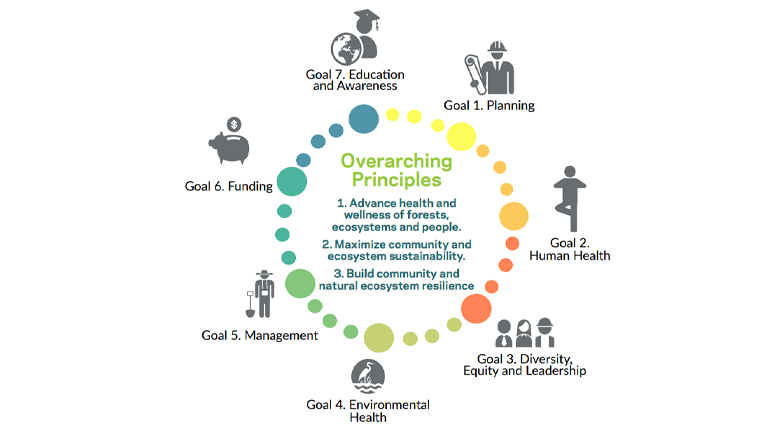
Importance of Comprehensive Urban Forestry Policies
Developing comprehensive urban forestry policies is crucial for guiding urban forest management. These policies should address tree planting, maintenance, protection, and community engagement, ensuring a coordinated and effective approach.
Strategic Planning and Integration with Urban Development Plans
Integrating urban forestry into broader urban development plans can enhance the sustainability and resilience of cities. Strategic planning should consider factors such as land use, infrastructure, and climate change, ensuring that urban forests are prioritized in city planning processes.
Community Engagement and Education
Promoting Public Participation in Urban Forestry
Encouraging public participation in urban forestry activities, such as tree planting and maintenance, fosters a sense of ownership and responsibility. Community involvement can be promoted through outreach programs, volunteer opportunities, and educational initiatives.
Educational Programs and Initiatives to Raise Awareness
Educational programs and initiatives can raise awareness about the benefits of urban forests and the importance of sustainable management. Schools, community centers, and public campaigns can play a key role in educating residents and building support for urban forestry.
Funding and Resources
Exploring Funding Opportunities and Partnerships
Securing funding for urban forestry requires exploring various opportunities, including government grants, private investments, and public-private partnerships. Collaborating with stakeholders can help pool resources and ensure the sustainability of urban forestry programs.
Efficient Allocation and Management of Resources
Efficient allocation and management of resources are essential for maximizing the impact of urban forestry initiatives. This includes prioritizing high-need areas, using cost-effective practices, and regularly assessing and adjusting resource use.
Research and Innovation
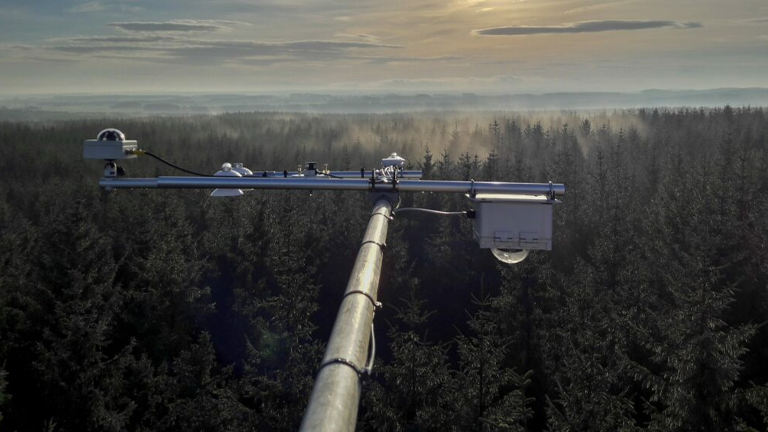
Encouraging Research in Urban Forestry
Encouraging research in urban forestry can lead to new insights and innovative practices. Academic institutions, research organizations, and urban forestry professionals should collaborate to address knowledge gaps and develop evidence-based management strategies.
Adoption of Innovative Practices and Technologies
Adopting innovative practices and technologies, such as precision forestry, green infrastructure design, and climate-resilient tree species, can enhance the effectiveness of urban forest management. Continuous learning and adaptation are key to staying ahead of emerging challenges and opportunities.
Frequently Asked Questions (FAQs)
1. What is urban forest management?
Urban forest management involves the planning, planting, protection, and maintenance of trees and green spaces in urban areas to ensure their health, diversity, and sustainability.
2. Why are urban forests important in modern cities?
Urban forests improve air quality, reduce urban heat islands, enhance biodiversity, offer recreational spaces, increase property values, and provide health and well-being benefits to residents.
3. What are the main environmental challenges faced in urban forest management?
Climate change impacts, pollution, and urban heat islands are major environmental challenges affecting the health and growth of urban trees.
4. How does climate change impact urban forests?
Climate change can stress trees through rising temperatures, altered precipitation patterns, and more frequent extreme weather events, making them more susceptible to diseases and pests.
5. What effects does pollution have on urban forests?
Pollution can damage leaves, reduce photosynthesis, and weaken trees, making them more vulnerable to other stressors.
6. What are urban heat islands, and how do they affect urban forests?
Urban heat islands are areas with higher temperatures than their rural surroundings. They can cause heat stress in trees, reduce soil moisture, and increase susceptibility to pests and diseases.
7. What social and economic challenges do urban forest managers face?
Limited funding, public awareness and engagement issues, and conflicts between urban development and forest conservation are significant social and economic challenges.
8. How can limited funding impact urban forest management?
Limited funding can lead to reduced tree care, slower implementation of urban forest projects, and insufficient resources for maintenance and management activities.
9. Why is public awareness and community engagement important in urban forest management?
Public awareness and engagement are crucial for fostering community support and participation in urban forestry programs, leading to better care and sustainability of urban forests.
10. What are some technical and operational challenges in managing urban forests?
Invasive species and pest management, aging tree populations, space limitations for planting, and managing biodiversity in fragmented urban environments are key technical and operational challenges.
11. How can urban forests help mitigate climate change?
Urban forests sequester carbon, reduce energy consumption through shading and cooling, and enhance urban resilience to climate impacts.
12. What are the economic benefits of urban forests?
Urban forests increase property values, reduce energy costs, and can create jobs in tree care and management sectors.
13. How do urban forests benefit residents’ health and well-being?
Urban forests provide spaces for recreation, relaxation, and social interaction, improving mental health, reducing stress, and encouraging physical activity.
14. What are some technological advances in urban forest management?
Advances in remote sensing, GIS mapping, data analytics, and tree monitoring technologies enhance the efficiency and effectiveness of urban forest management.
15. Can you provide examples of successful urban forest management programs?
Cities like New York, Singapore, and Vancouver have implemented successful urban forest management programs through comprehensive planning, community involvement, and innovative approaches.
16. What are some innovative urban forestry projects?
Examples include green roofs, vertical forests, and integrated green infrastructure, which creatively incorporate greenery into urban environments.
17. How can urban forestry policies and planning address challenges and opportunities?
Comprehensive policies and strategic planning can guide urban forest management, ensuring coordinated efforts, integration with urban development plans, and long-term sustainability.
18. What role does community engagement play in urban forest management?
Community engagement promotes public participation, fostering a sense of ownership and stewardship, which is essential for the success and sustainability of urban forestry programs.
19. How can funding and resources be effectively managed in urban forest management?
Exploring various funding opportunities, forming partnerships, and efficiently allocating resources are crucial for maximizing the impact of urban forestry initiatives.
20. Why is research and innovation important in urban forest management?
Research and innovation lead to new insights, evidence-based management practices, and the adoption of advanced technologies, enhancing the effectiveness and sustainability of urban forest management efforts.

Gilbert Griffin
Forestry AuthorGilbert Griffin is a forest management expert specializing in sustainable practices, forest health, conservation, and land management. With extensive knowledge in pest control, disease management, and habitat restoration, Gilbert develops strategies to preserve forest ecosystems and biodiversity. Passionate about the natural world, Gilbert adapts to changes in forest management and stays updated through continuous learning. Gilbert also provides seasonal advice to optimize forest care throughout the year.









Leave your comment